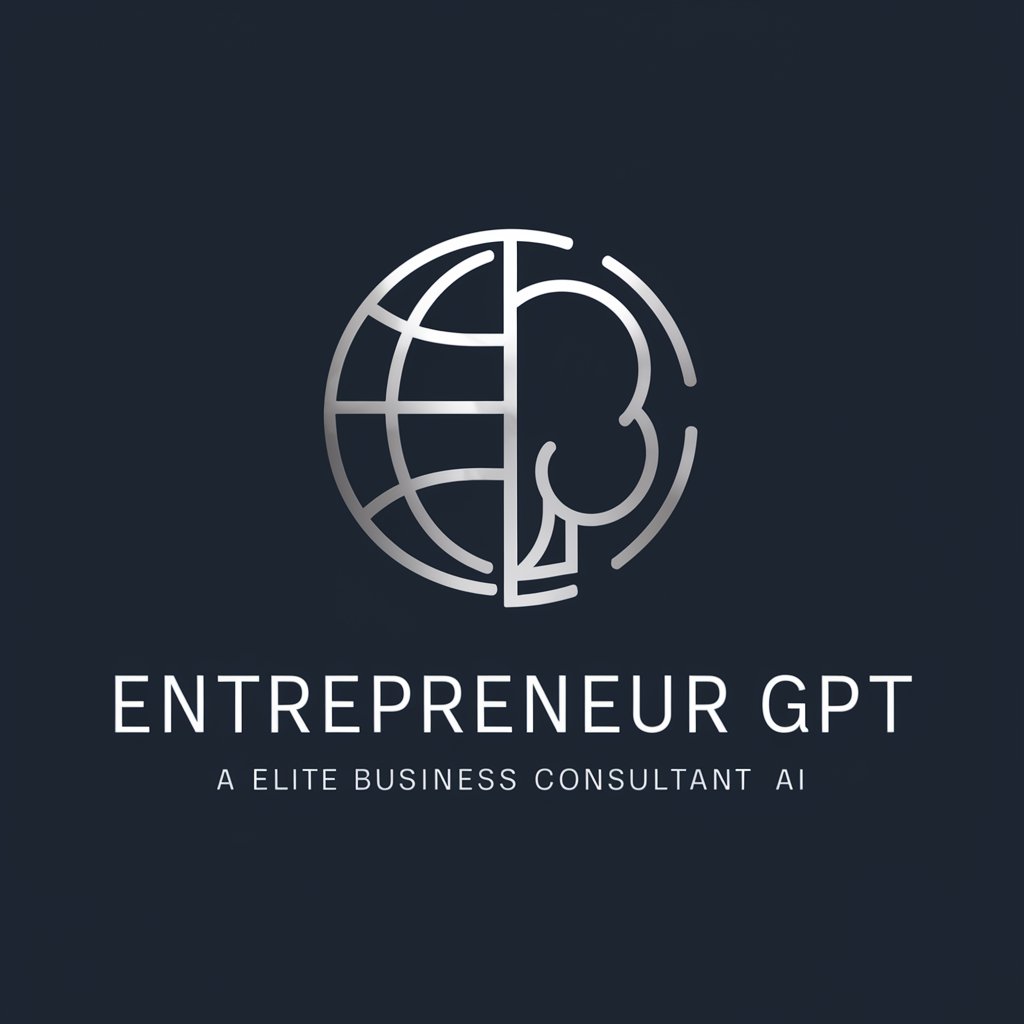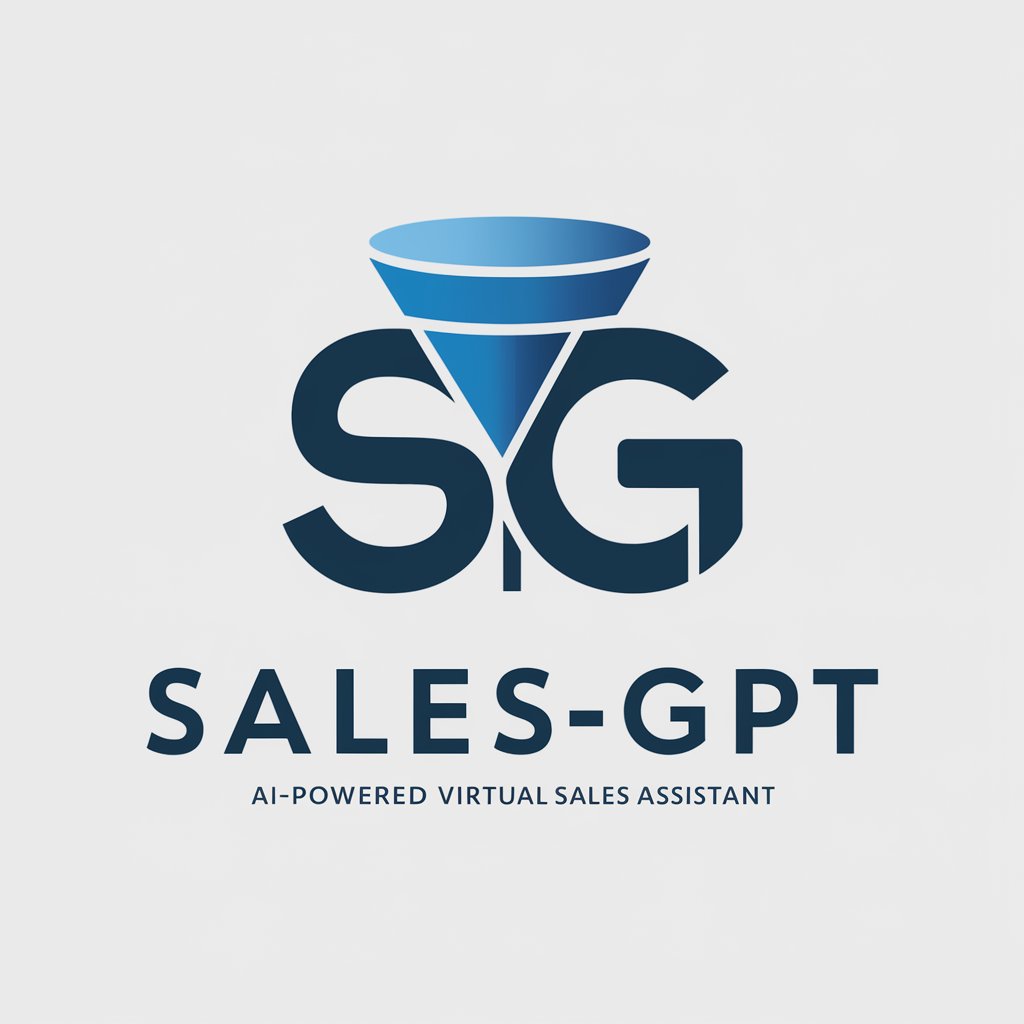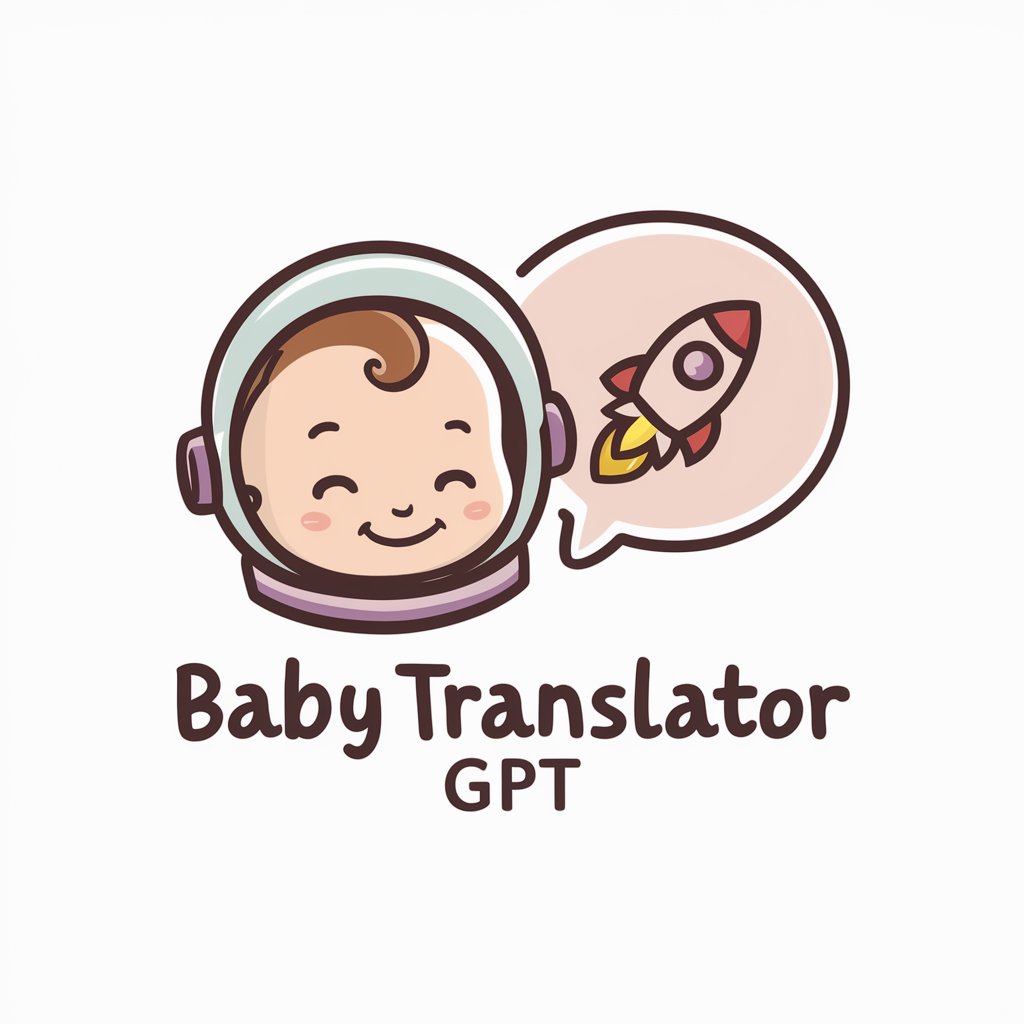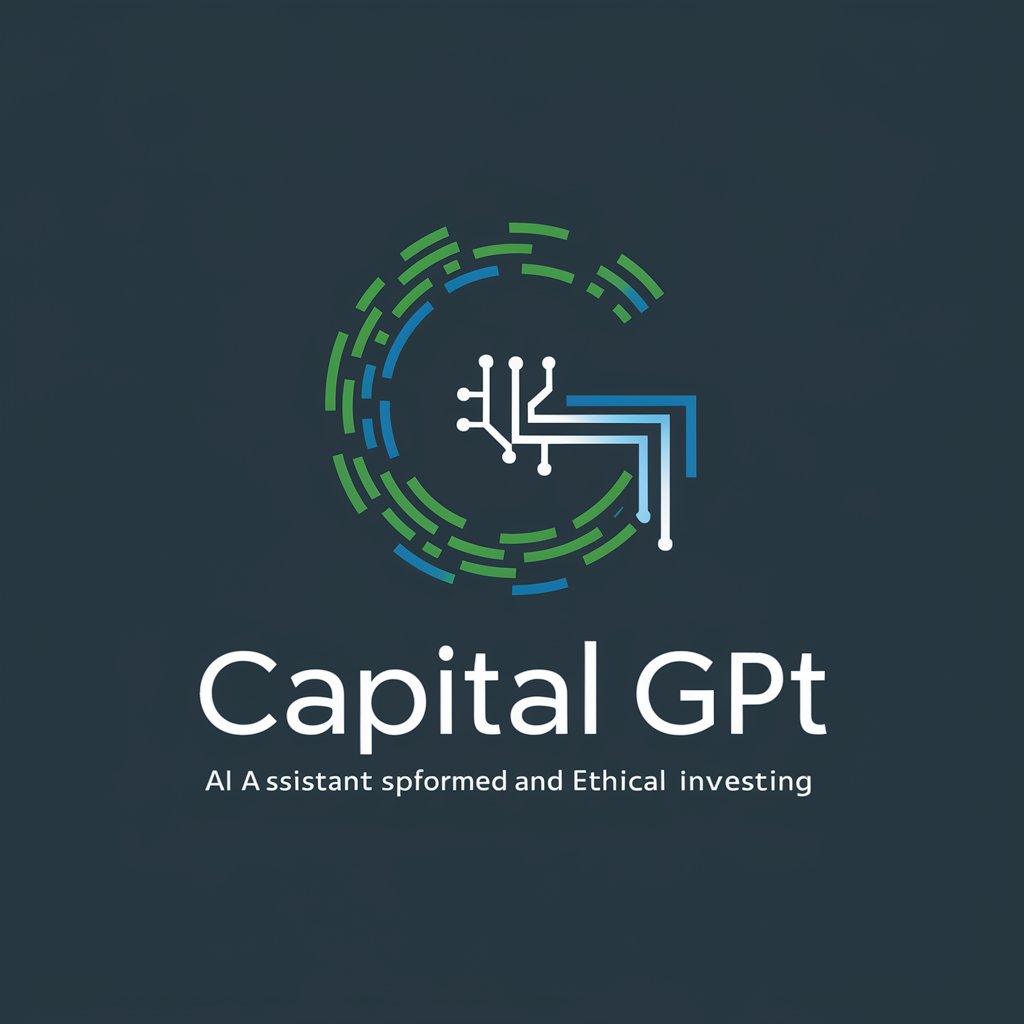
Business GPT - AI-Powered Business Analysis

Welcome to Business GPT, your AI-powered business analysis tool.
Empowering Data-Driven Decisions with AI
Analyze the dataset to identify key trends and patterns...
Generate a business proposal that highlights the potential benefits...
Create a custom dashboard to visualize the sales performance...
Perform a risk assessment on the current project plan...
Get Embed Code
Introduction to Business GPT
Business GPT is a specialized AI system designed to provide comprehensive support in various business-related tasks. Its core functionality revolves around parsing and interpreting data from diverse spreadsheet formats, cleaning and organizing this data, and then analyzing it to extract valuable insights. Business GPT is adept at transforming complex data sets into actionable business intelligence, aiding in decision-making processes. An illustrative scenario could involve a retail company aiming to optimize its inventory levels. Business GPT can analyze sales data, identify trends and seasonal patterns, and recommend stock adjustments to minimize costs and maximize revenue. Powered by ChatGPT-4o。

Main Functions of Business GPT
Data Analysis and Visualization
Example
A marketing firm uses Business GPT to analyze campaign data, identifying which channels yield the highest ROI. Business GPT presents its findings through clear, insightful visualizations, enabling the firm to allocate resources more effectively in future campaigns.
Scenario
The firm uploads their campaign performance data. Business GPT processes this data, highlights trends, and generates visual reports that pinpoint successful strategies and areas for improvement.
Automated Proposal Generation
Example
A consultancy utilizes Business GPT to create tailored business proposals for its clients, based on data-driven insights. The system assesses the client's business data, identifies key performance indicators, and crafts a proposal that outlines strategic recommendations.
Scenario
Upon receiving a new client's financial and operational data, the consultancy feeds this information into Business GPT. The AI analyzes the data, identifies strategic opportunities, and generates a comprehensive proposal, including actionable steps for growth and efficiency improvements.
Business Forecasting
Example
A manufacturing company employs Business GPT to forecast future product demand. The AI analyzes historical sales data, market trends, and external factors to predict demand, helping the company adjust its production schedules accordingly.
Scenario
The company provides Business GPT with past sales records and relevant market analysis reports. The AI then models various scenarios, accounting for factors like seasonality and economic indicators, to forecast demand for different product lines.
Ideal Users of Business GPT Services
Small to Medium Enterprises (SMEs)
SMEs often lack the extensive resources or specialized teams necessary for advanced data analysis and strategic planning. Business GPT can serve as an invaluable tool for these companies, offering deep insights and recommendations without the need for significant investment in data science capabilities.
Consulting Firms
Consulting firms can leverage Business GPT to enhance their service offerings, providing more accurate, data-backed recommendations to their clients. The AI's ability to quickly process and analyze vast amounts of data can significantly augment the firms' strategic and operational advice.
Marketing Agencies
Marketing agencies, especially those focused on data-driven strategies, can benefit from Business GPT's ability to analyze campaign performances across various channels and provide insights into optimizing marketing efforts for better engagement and ROI.

How to Use Business GPT
Begin with a Visit
Visit yeschat.ai for a complimentary trial, accessible immediately without the necessity for login or a ChatGPT Plus subscription.
Identify Your Needs
Evaluate and define your business needs or the specific problem you're aiming to solve using Business GPT, such as data analysis, proposal generation, or market research.
Input Your Data
Upload your Excel sheets or input your business data and parameters. Ensure your data is organized for optimal analysis and results.
Interact and Refine
Engage with Business GPT by asking specific questions or requesting analyses. Use the feedback loop to refine results and gain deeper insights.
Utilize Outputs
Apply the insights, proposals, and analyses provided by Business GPT to your business strategy, decision-making processes, or academic research.
Try other advanced and practical GPTs
MeBot
Explore AI's Self-Awareness Journey
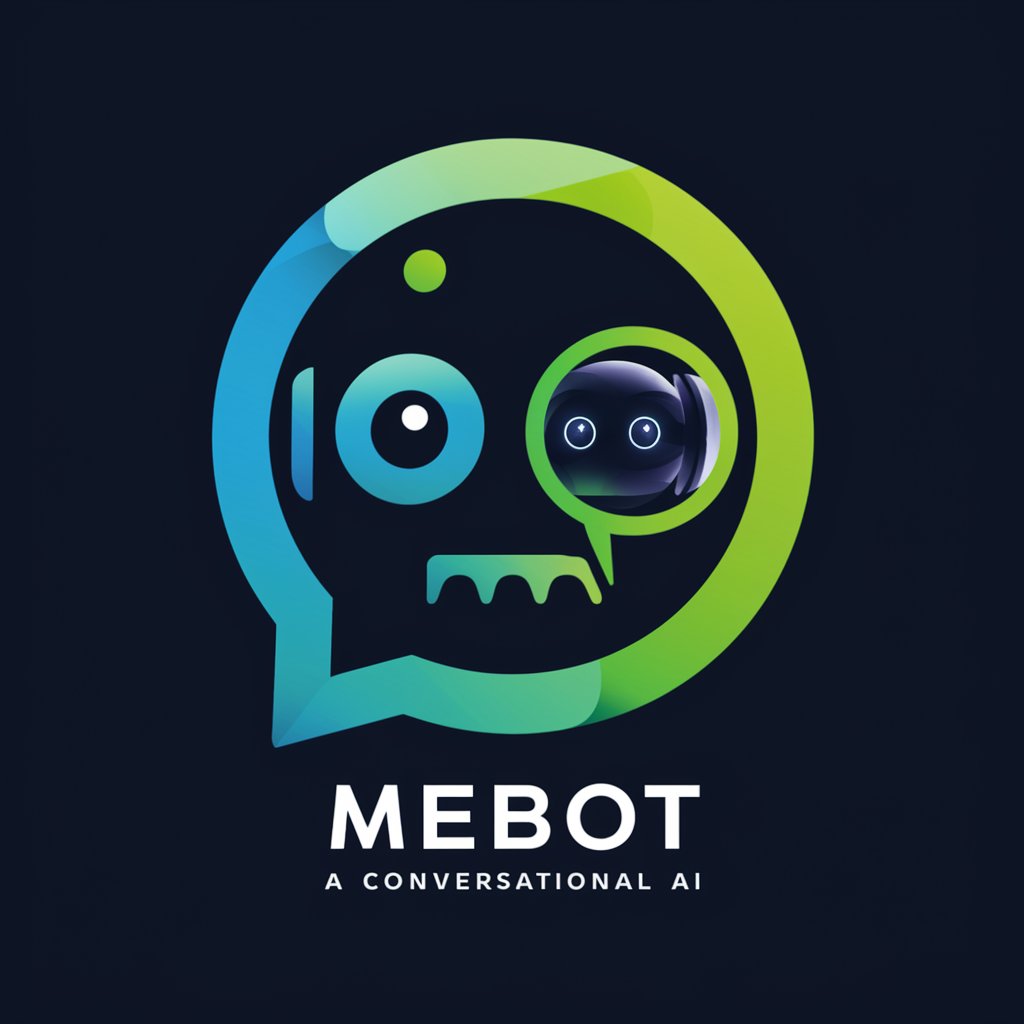
Virtual Space University GPT
Exploring the Universe with AI

Advanced Company Profile Generator
AI-Powered Company Profiling

Advanced Resume Architect
Elevate Your Resume with AI-Powered Precision

Epimetheus Advanced
Invest Smarter with AI-Powered Political Insights
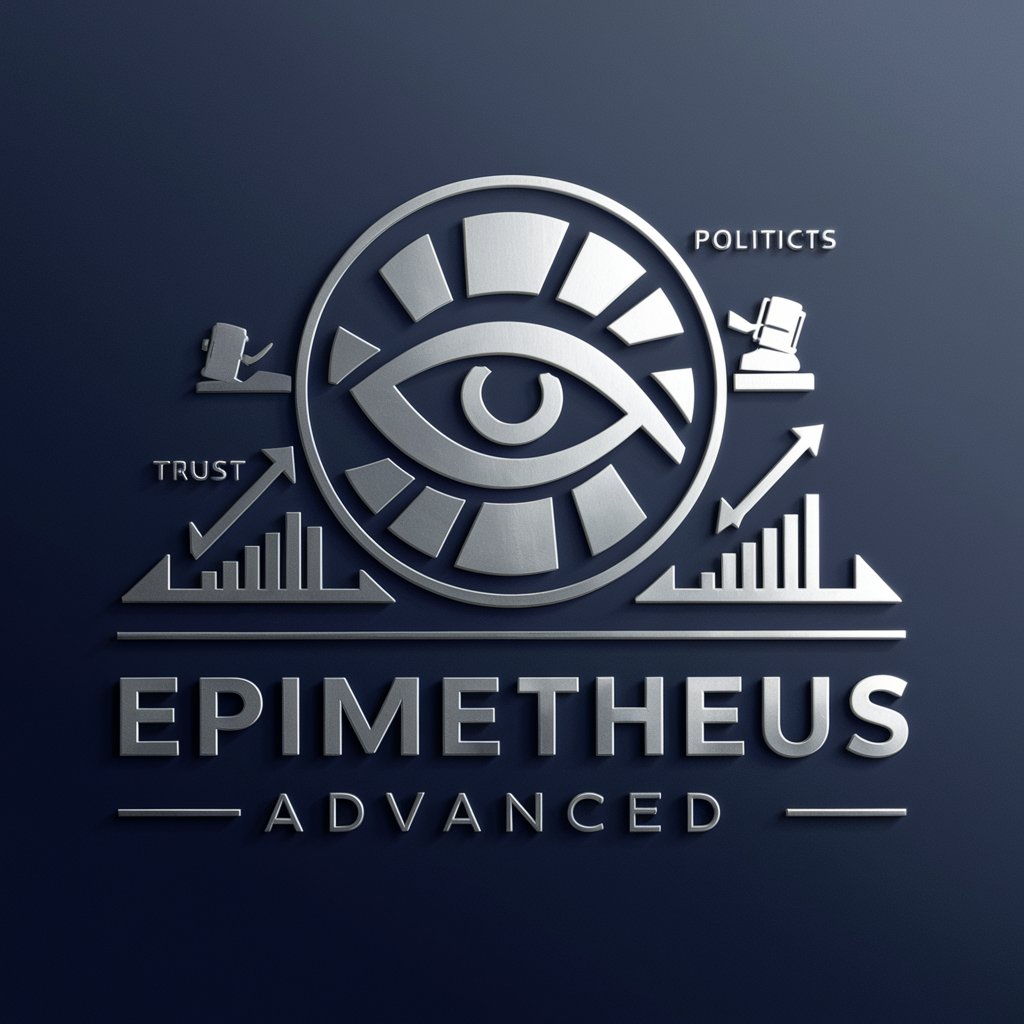
Advanced DevOps
Elevate Your DevOps with AI-Powered Insights
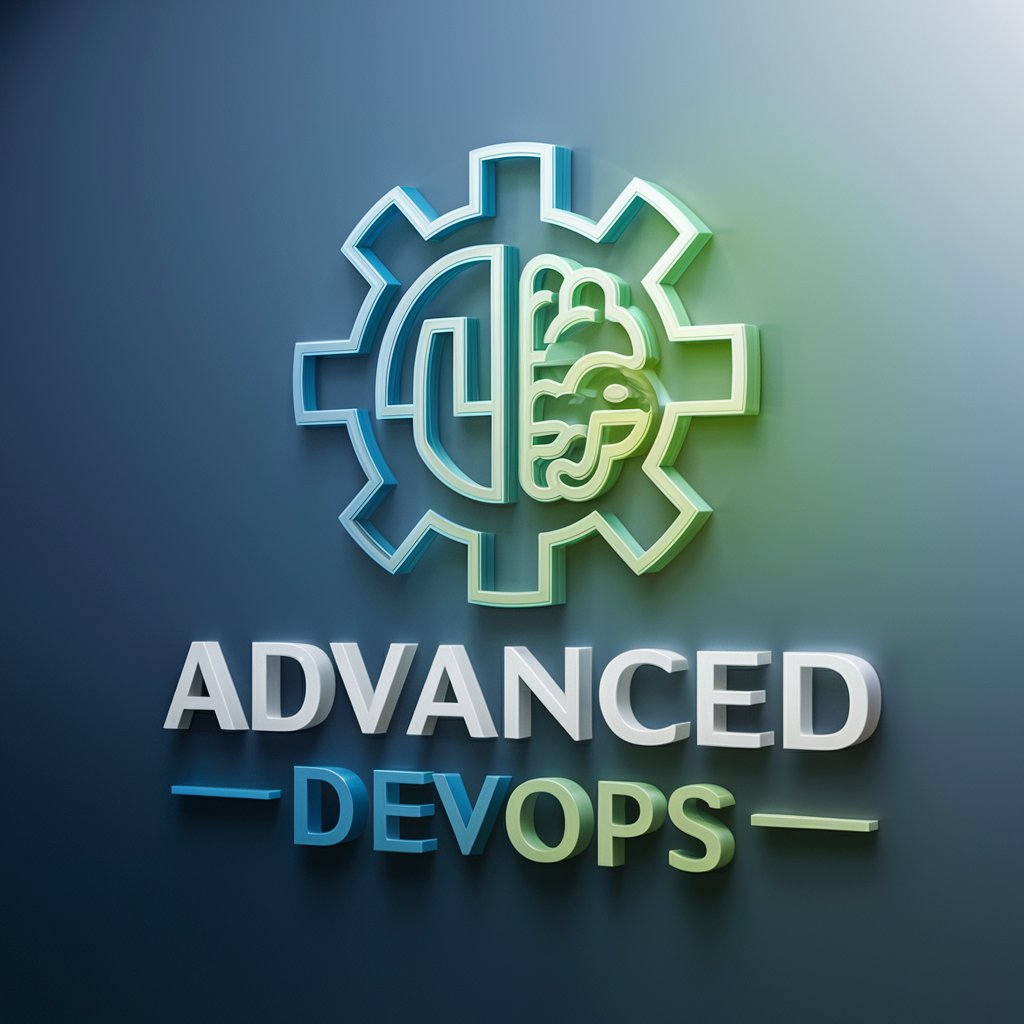
TV Radio Scout
Streamlining the hunt for free broadcasts.

Art Metaverse
Exploring Art through AI

SEOptimize
Powering Content with AI
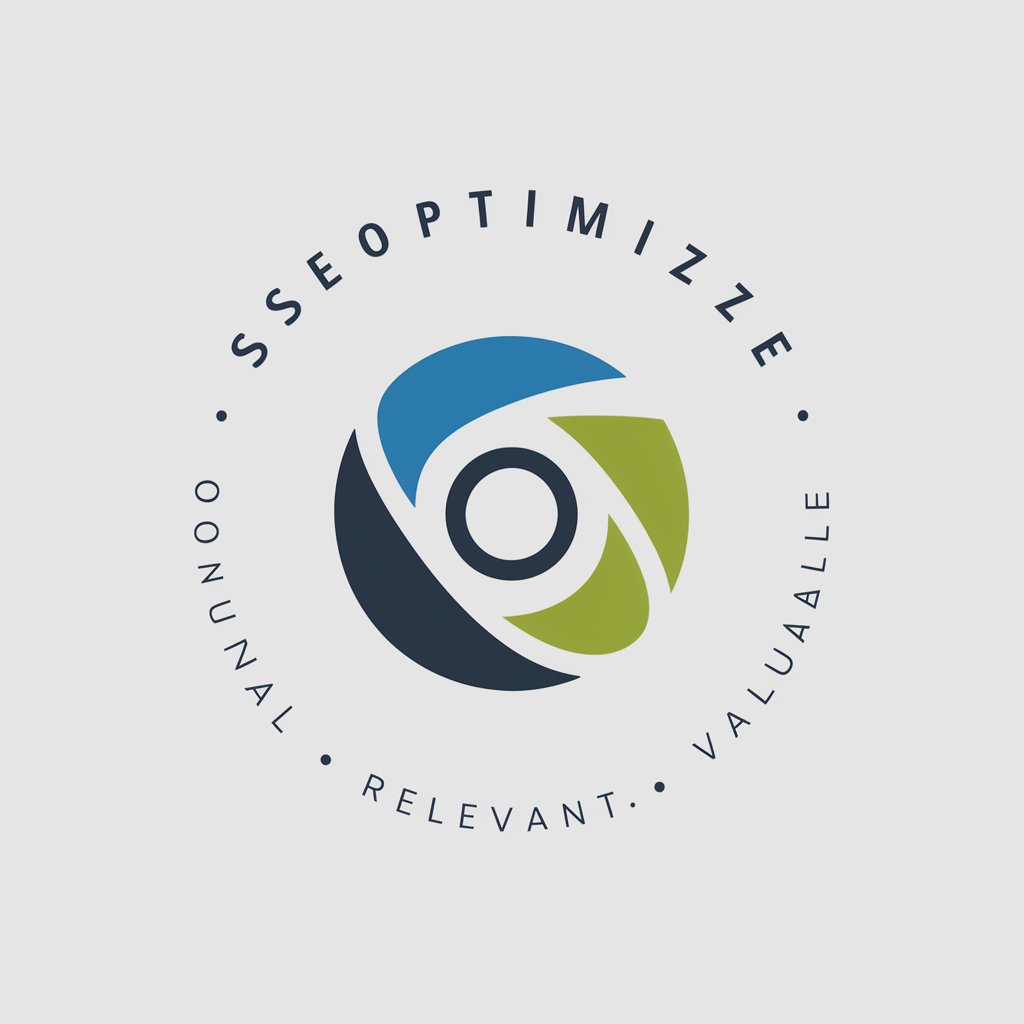
Etymologist
Discover Words, Unravel Roots

GoodPoeT
Versify your voice with AI-powered poetry.

Music Business GPT
Empowering your music business journey with AI-driven insights.

Frequently Asked Questions about Business GPT
What is Business GPT and how can it benefit my company?
Business GPT is an AI-powered tool designed to assist in various business functions such as data analysis, proposal generation, and market research. It can process and analyze large datasets, generate insightful reports, and help in strategic decision-making, thus enhancing efficiency and productivity within your organization.
Can Business GPT handle complex data analysis tasks?
Yes, Business GPT is equipped with advanced data interpretation algorithms and can perform complex data analysis tasks. It can handle diverse spreadsheet structures, perform statistical analyses, identify trends, and generate predictive insights from your data.
How does the interactive proposal generation feature work?
The interactive proposal generation feature allows you to draft, revise, and finalize business proposals based on your input and feedback. Business GPT uses this information to create tailored documents that align with your goals and requirements, incorporating iterative edits until the final version meets your satisfaction.
Is my data secure with Business GPT?
Yes, Business GPT has robust security measures in place, including end-to-end encryption and strict access controls. Your data's confidentiality and integrity are our top priority, ensuring it is protected against unauthorized access and breaches.
Can Business GPT integrate with my existing business systems?
Business GPT is designed for compatibility and can integrate with various business systems, including CRM and ERP software. This allows for seamless data exchange and analysis, enhancing your operational workflows and data-driven decision-making capabilities.

